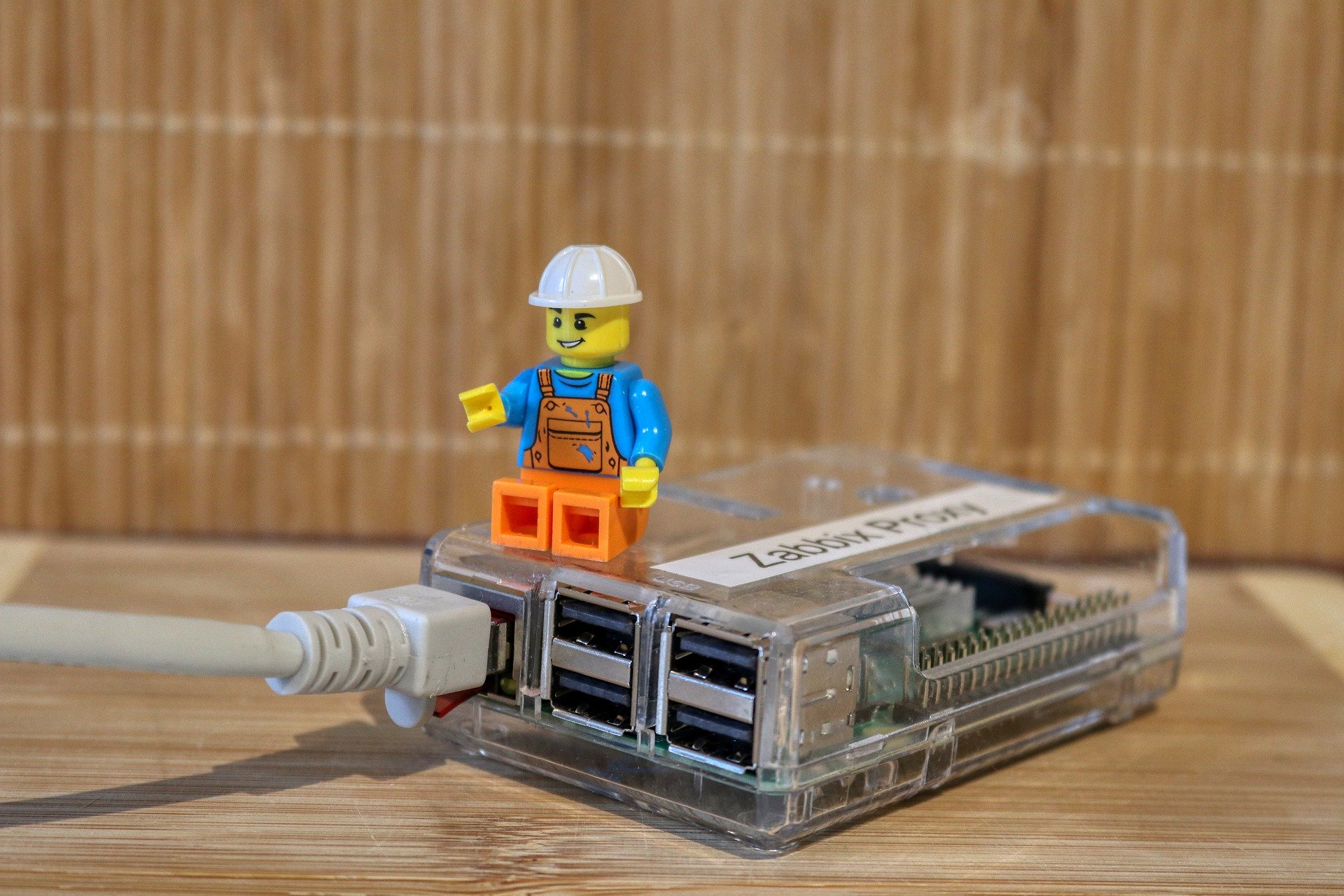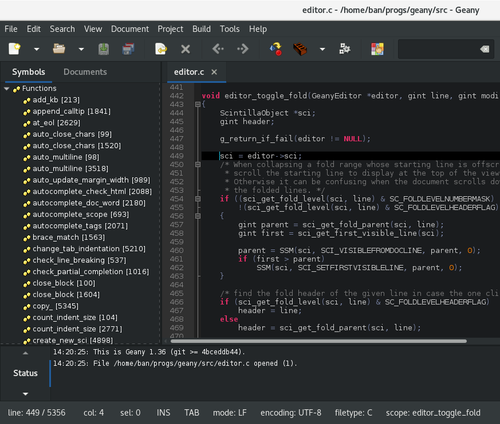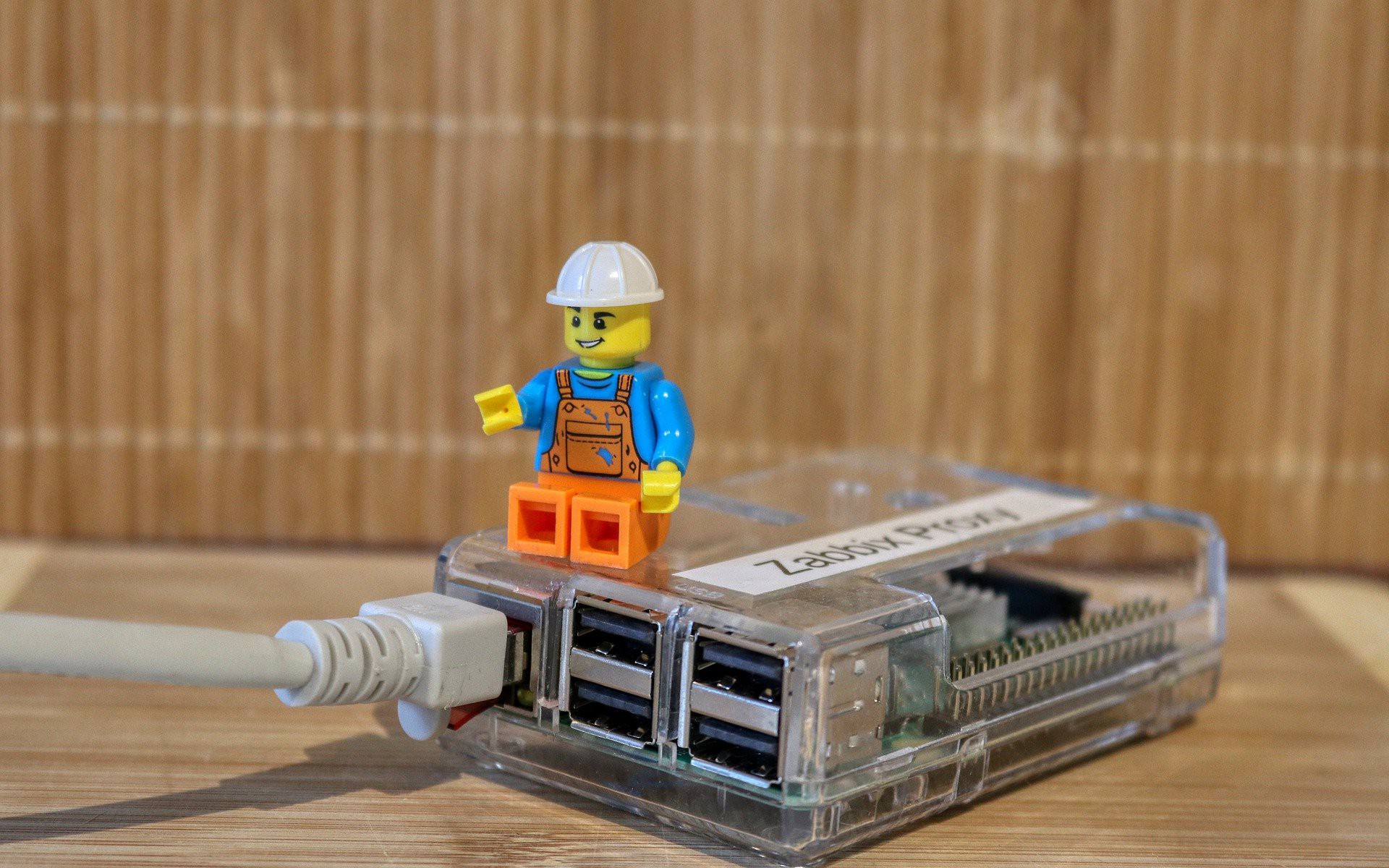From Geanny and Greenfoot to Thonny and Adafruit WebIDE, these are the best Raspberry Pi IDEs for all languages!
The Raspberry Pi may not be the only single-board computer (SBC) on the market, but it’s certainly the most popular. Boasting a massive user base plus a plethora of first- and third-party resources ranging from books and accessories to forums and courses, it’s a well-documented maker board that benefits from regular updates. The Raspberry Pi Foundation debuts new models and variants regularly. With its shocking processing power, the Pi works extremely well as a desktop computer, and accordingly for programming and development. Learn why you should consider the Raspberry Pi as a programming machine, and check out the best Raspberry Pi integrated development environments (IDEs) for all languages!
Why the Raspberry Pi Is Great as a Programming Desktop

An unassuming credit-card-sized development board, the Raspberry Pi packs way more processing power than its tiny footprint lets on. While its small stature remained the same, the Raspberry Pi 4 brought a major overhaul. Notable changes to the Pi included more, faster RAM with choices of 1GB, 2GB, 4GB, and later after launch 8GB of RAM. There’s a new system-on-a-chip (SoC) in its Broadcom BCM2711 quad-core Cortex-A72 ARM v8 64-bit SoC clocked at 1.5GHz. Plus, you’ll find a pair of USB 3.0 ports, two USB 2.0 hosts, dual micro-HDMI outputs capable of outputting 4K resolution, dual-band 2.4GHz/5.0GHz IEEE 802.11ac Wi-Fi, Bluetooth 5.0 BLE (Bluetooth Low Energy), and Gigabit Ethernet. Altogether, the Pi 4 has all the trappings of a competent desktop computer.
As a test, I used a 4GB Raspberry Pi as a desktop for a week and was able to accomplish my day job with ease. For writing, image and audio editing, general web browsing, and opening a bunch of tabs, the Pi didn’t falter. Stepping up to the 8GB Raspberry Pi model, you can multi-task to your heart’s content. Chances are you’ll overload the CPU well before you hit its memory limit. Because of the plentiful Linux operating systems (OSes) for the Raspberry Pi, it makes a nifty little programming computer. Pairing a 4GB or 8GB RAM Pi with a 64-bit Linux distribution (distro) such as Ubuntu or Raspberry Pi OS (formerly known as Raspbian) allows you to take advantage of all that memory as well as run 64-bit applications. Since there are loads of Linux distros for the Pi, you can download a slew of IDEs for programming and development.
Why the Raspberry Pi makes a great dedicated programming PC:
- Lots of compatible Linux distros
- Affordable
- Small footprint
- Excellent price-to-performance ratio
- Tons of IDEs available
Best Multi-language Raspberry Pi IDE - Geany

Lightweight and extremely functional, the Geany IDE employs GTK+ and Scintilla for a great graphical user interface (GUI) development environment. It’s versatile, with support for several different programming languages including PHP, Java, Perl, Ruby, C++, C, and C#. Geany sports many different useful features including an autocomplete function, syntax highlighting, code folding, and more. Consuming few system resources and capable of handling a ton of different languages, Geany is a top Raspberry Pi integrated development environment.
- Multi-language support (PHP, Java, Perl, Ruby, C++, C#)
- Auto function complete, syntax highlighting, code folding
- Lightweight
#programming #development #internet of things #raspberry pi #python
